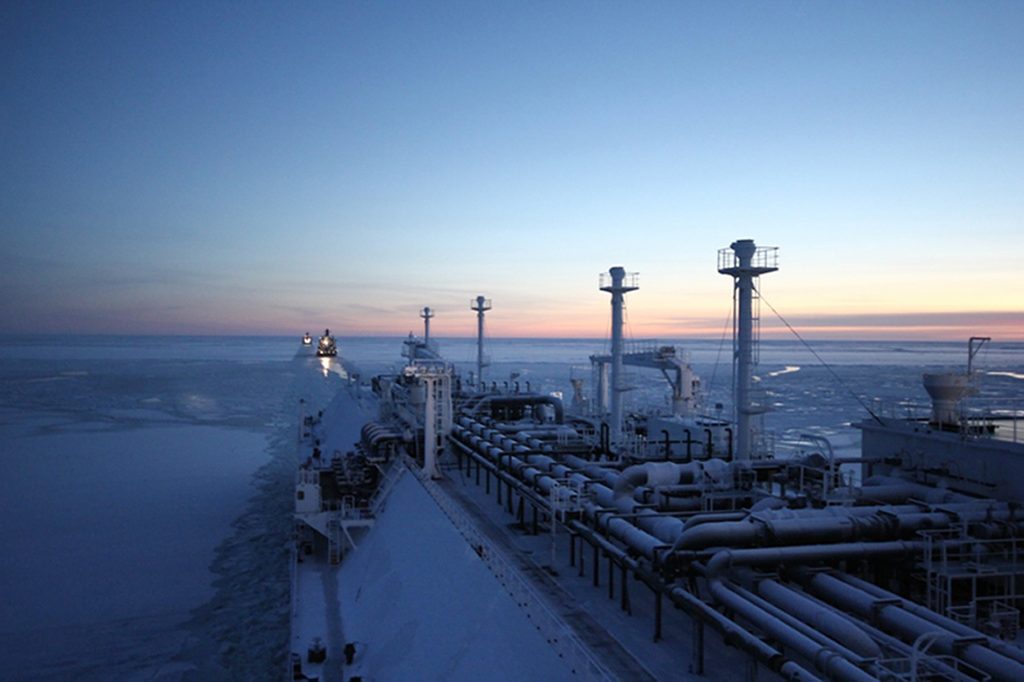
- ARAB NEWS
- 05 May 2024

Khaldon Azhari Tokyo
Abundant supply and lower market demand have pushed assessed spot liquified natural gas (LNG) prices in northeast Asia down to their lowest level in 10 years, an energy analyst said.
Hiroshi Hashimoto, senior analyst at Japan’s Energy Economics think tank, said that prices have stayed below $6 since the end of November for delivery in December and January, although they went up beyond $7 per million briefly in the middle of October.
Data from four LNG markets in northeast Asia showed that the region imported 158 million tons of LNG during the first 10 months of 2019, a 2 percent decrease year-on-year.
Japan’s imports shrunk by 7.2 percent, or 5 million tons, to 64.25 million tons during the period, while Korea’s decreased by 9 percent and Chinese Taipei’s fell by 5 percent.
However, China’s natural gas production and consumption rose by 10 percent during the same period, although the consumption growth rate was under 15 percent in 2017 and under 18 percent in 2018.
China’s natural gas import during the same period amounted to 77.71 million tons, an 8 percent annual increase, of which LNG represented 47.70 million tons, a 15 percent increase over the same period in 2018.
But the latter growth rate is still considerably lower than 46 percent and 41 percent during 2017 and 2018, respectively. Increased LNG imports to China were primarily offset by the decreases in Japan, Korea, and Chinese Taipei.
As the annual globally traded amount of LNG increased by 12 percent, to almost 260 million tons during the first nine months of 2019, the share of the four importers in northeast Asia was squeezed to 55 percent in the nine months, from 62 percent in the whole of 2018.
Meanwhile, the European region, including Turkey, increased LNG imports to over 60 million tons during the first nine months of 2019, an 80 percent increase compared with the same period one year ago.
European LNG imports were boosted by previously under-utilized receiving terminals as well as large-capacity underground natural gas storage facilities.
At the end of October, European natural gas storage inventories totalled 71 million tons of LNG equivalent, which was 8.7 million tons, or 14 percent, higher than those one year earlier, and represented 98 percent of the total capacity, much higher than the 87 percent peak of inventories in 2018 and the highest in history.
Uncertain outcomes of talks on gas issues between Russia and Ukraine are also thought to have played a role in the increasing inventories.
So far, in 2019, sales contracts and agreements in principle for LNG amounting to annual volumes of 30 million tons have been concluded, with no destination restrictions. Investment decisions have been made on five new LNG production projects amounting to 63 million tons per year.
In November, US federal regulators also approved the construction of four additional projects with an annual capacity of 48 million tons.